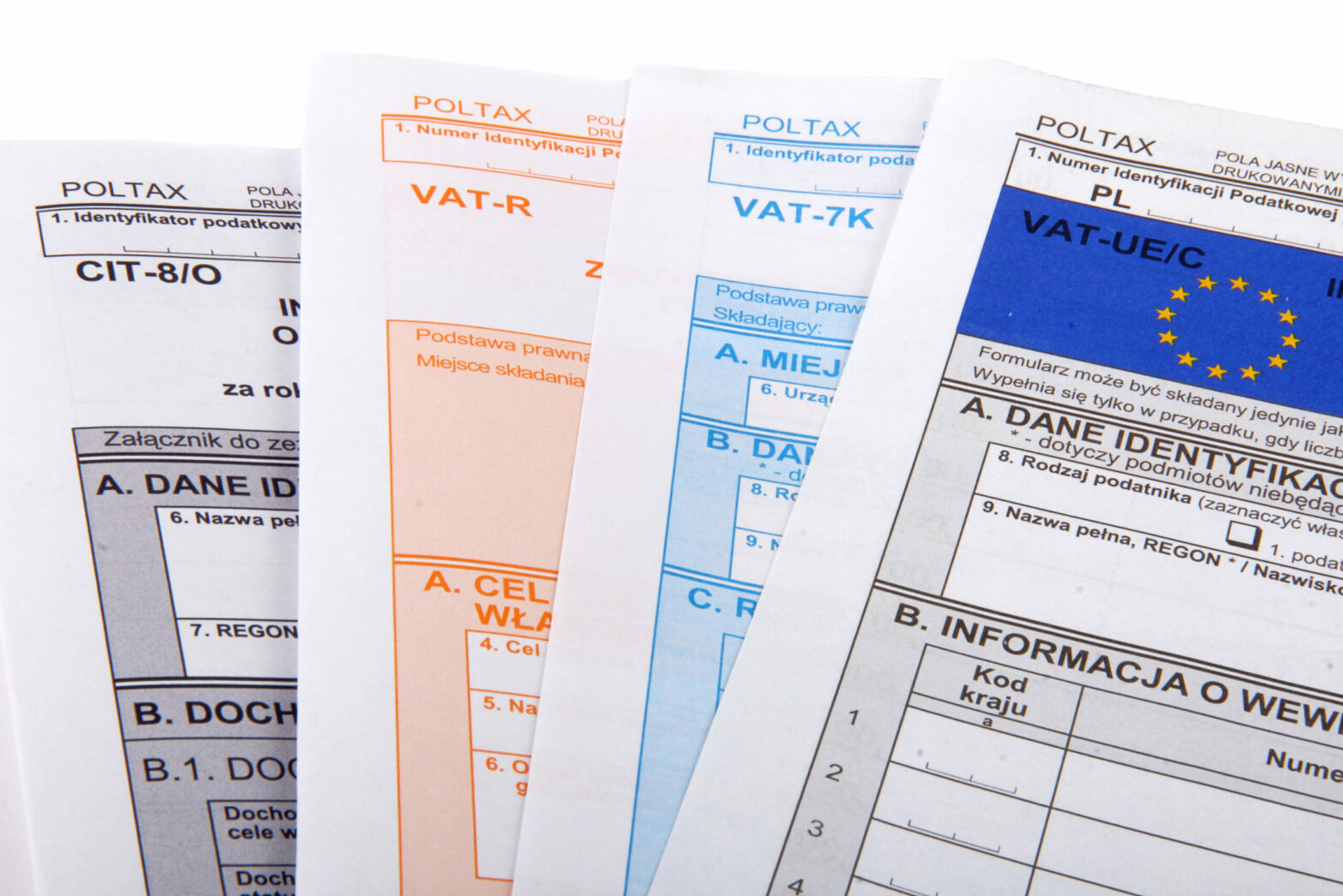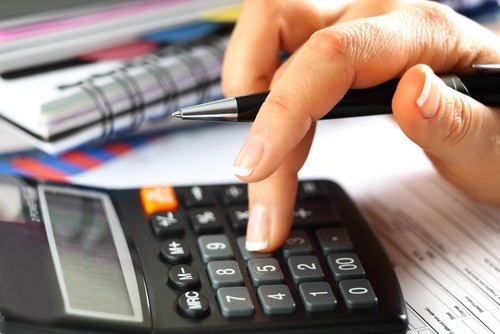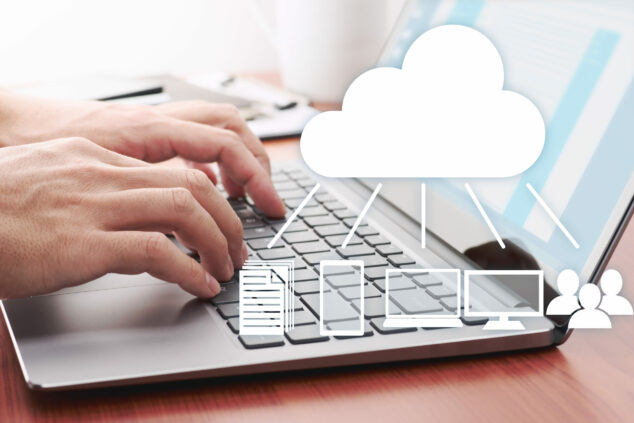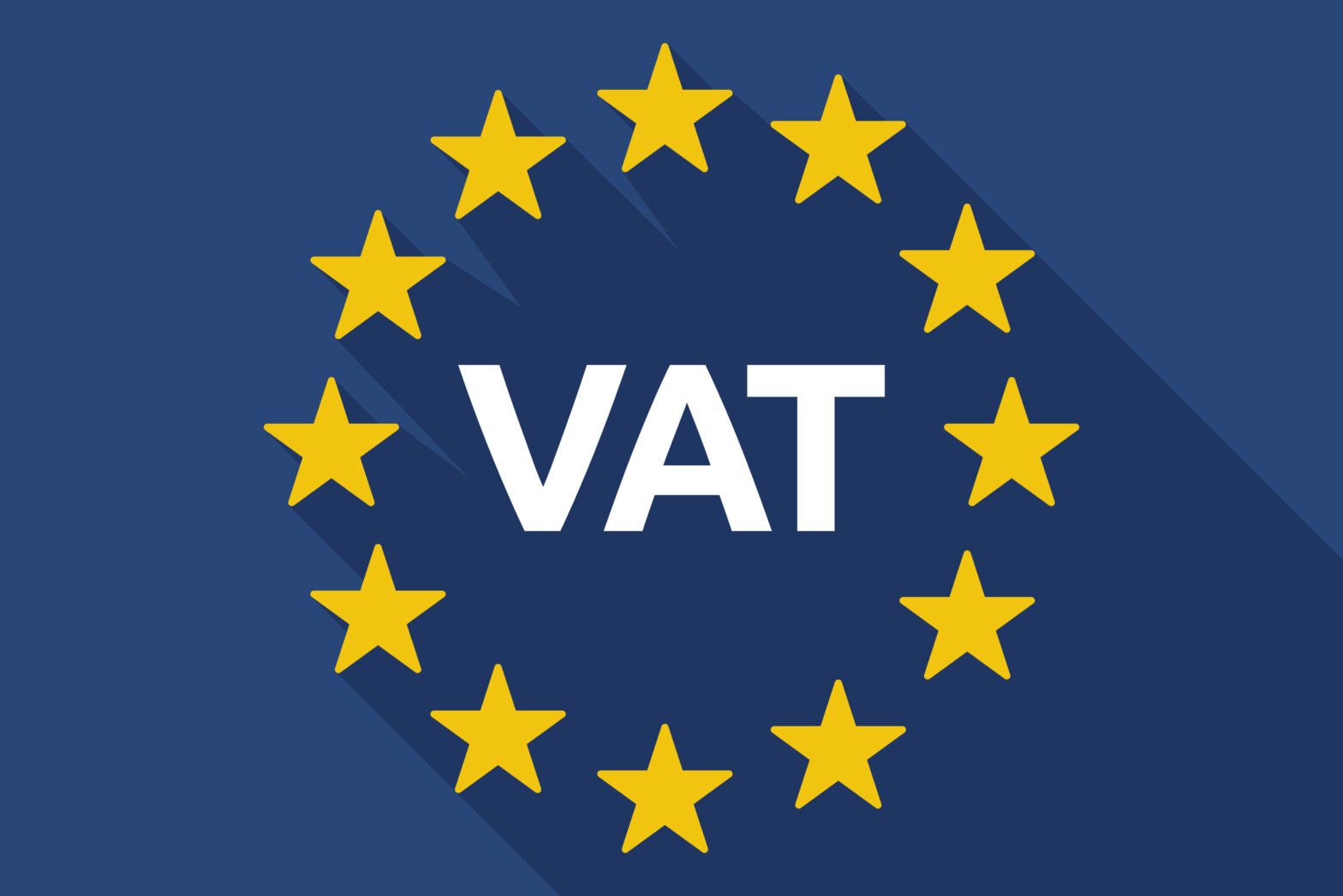On 1 July, the European Union will change the way in which VAT is reported and paid, potentially impacting anyone in the UK operating a business selling products & services online to consumers and practicing distance selling.
“The Covid-19 pandemic has caused a big shift in working patterns and, as a result, a lot of people have out of necessity or opportunity taken to start up an e-commerce business or switch to digital selling,”
“The change to EU VAT reporting will help. It’s designed to simplify tax reporting, promote e-commerce and increase online cross-border transactions. It will support small business and remove barriers in a post-Brexit environment.” says Asif Chaudhry, Director, Product Marketing at Sage.
What will change?
The changes are that for sales to consumers (basically anyone without a VAT registration) the VAT is charged based on which country the customer is in, not the country of the seller. Prior to this date there were thresholds, and businesses selling below these thresholds could charge their home VAT rates which avoided needing to know many different VAT rates.
Alongside this change the EU is expanding their one stop shop (OSS) simplifications which optionally allow businesses outside of the EU to report all service sales in a single VAT return. In addition, non-EU businesses can report the sale of goods where the value of each manifest is valued at less than €150 via the import one stop shop (IOSS). Businesses based in the EU still also need to report domestic sales using their normal VAT returns.
The OSS and IOSS systems are optional, but the alternative means a lot more paperwork, so it’s a good idea to understand the new system and take advantage of what’s on offer, according to Chaudhry.
If you sign up for the OSS, then this is how you will deal with VAT on all EU sales, regardless of which country’s consumers are buying from you, be they in Spain, Germany or France, for example.
The IOSS reduces complexity for your EU customers. Instead of zero-rating products for VAT to be added later, buyers see the full price of a product, including tax. Speeding up customs requirements could also mean goods arrive faster, giving you another chance to boost customer satisfaction. In both cases, sellers sign-up via a website and can report and pay VAT at the same online destination.
On top of these changes, the EU will remove distance selling thresholds, meaning that sellers need to know the VAT rates for the country where their customers are located, and apply the correct VAT rate on the invoice.
“The one stop system is optional and you have time to adapt,” Chaudhry explains. “There is no need to worry or feel you have to hit the deadline; if you are trading with the EU, it’s about knowing your options and understanding that Sage has you covered.
“A lot more people are selling online and attracting a global audience, whether they intended to or not, so it’s good to be aware of these beneficial changes. Be aware, but also know that this is not a trap.”

How can accounting software help?
The best accounting software packages, such as Sage, are HMRC compliant and automatically update with new regulations, making it easier for small businesses to comply whether changes are mandatory or simply recommended.
It removes the burden of having to keep up to date with the law, remember dates of introduction and update your system manually to account for new ways of working. Entrepreneurs can take advantage by switching attention to business development and expansion plans, instead of spending time on new rules.
“The Sage accounting system will be ready with VAT rates built into the system, as well as other tax and financial information at your fingertips. If you create an invoice for one of the 27 EU countries, it will display the rate and you can choose the most applicable option,” says Chaudhry.
An automated accounting system helps you adapt to a changing world. Exporters, whether they sell high-fashion or spare parts, must deal with a shifting legislative landscape, even more so when your business grows and hits new financial thresholds.
It can also shed light on how your business is performing, for example by isolating fast-selling units of stock, highlighting areas where cashflow is under strain or providing insights into seasonal peaks and troughs in activity.
“VAT rates change depending on how your business scales” says Chaudhry. “That’s just one way things can change, so it’s important to adopt a solution that grows with you. There’s no point going for a basic option that could cost more in the long run.
“Better to go for something compliant, that integrates with leading shopping cart software, provides options for growing businesses, offers excellent customer service and brings a repository of relevant business advice. We can adapt and expand with you, providing the best possible support.”
For full guidance on the EU VAT E-commerce Package, visit https://www.sage.com/en-gb/blog/ecommerce-vat-eu-need-to-know/
This article is part of a paid-for information campaign for Sage





